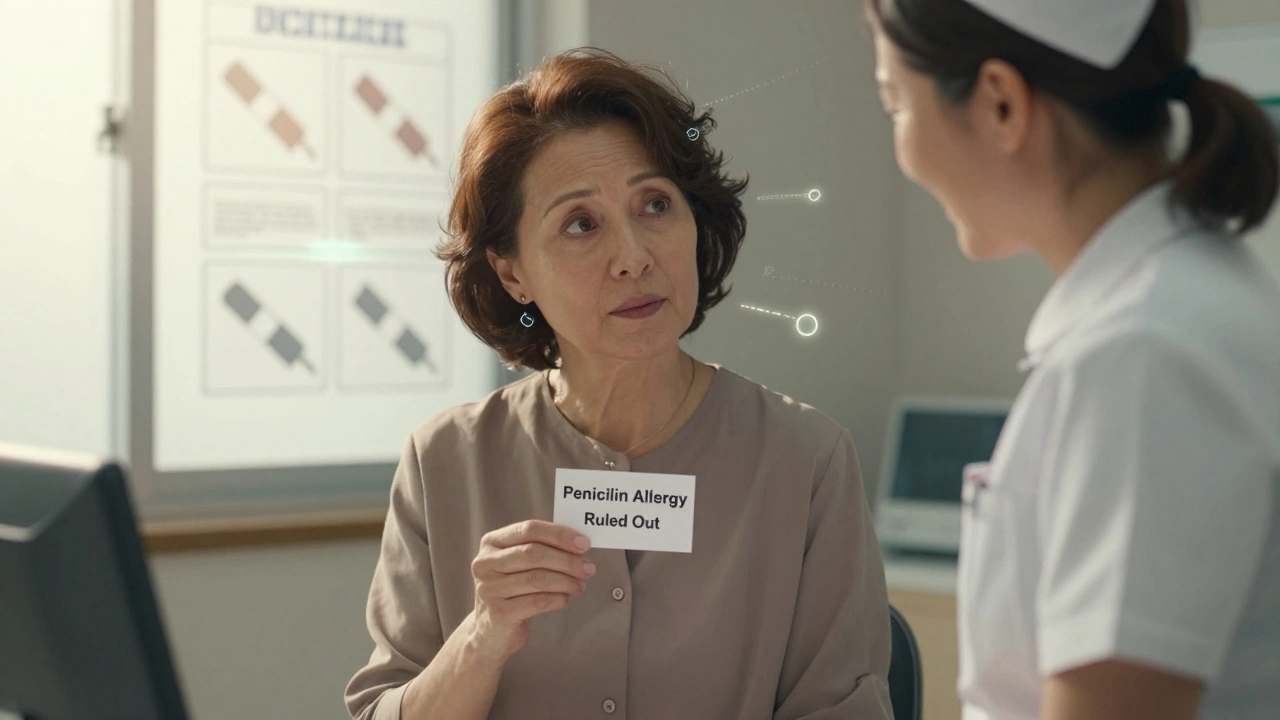Cyclobenzaprine: What It Is and How It Works
Ever felt a tight muscle knot that just won’t let go? Cyclobenzaprine is a prescription muscle relaxer that helps loosen those stubborn spasms. It works by blocking pain signals in the brain and relaxing skeletal muscles, so you can move more comfortably.
Doctors usually prescribe it for short‑term use after injuries, surgeries, or back pain flare‑ups. It’s not meant for long‑term pain control, but it can be a real game‑changer during the first week or two of recovery.
When to Use Cyclobenzaprine
If you’ve been told you have a muscle spasm, a back strain, or a neck injury that limits your movement, cyclobenzaprine might be part of your treatment plan. It’s most effective when combined with rest, gentle stretching, and physical therapy. The drug doesn’t actually fix the underlying injury; it just takes the tension off so you can start healing.
Typical scenarios include:
- Acute lower back pain after lifting something heavy
- Neck muscle tightness following a car accident
- Leg muscle cramping after orthopedic surgery
Never use it for chronic conditions like arthritis pain or fibromyalgia without a doctor’s approval, because the benefits are short‑term.
Dosage, Side Effects, and Safety
The usual adult dose starts at 5 mg three times a day. Your doctor may increase it to 10 mg three times a day if you tolerate it well. Most people take it for up to two weeks; longer use can increase the risk of side effects.
Common side effects are pretty mild: drowsiness, dry mouth, or a bit of dizziness. If you feel overly sleepy, avoid driving or operating heavy machinery. Less common issues include blurred vision, fast heartbeat, or an upset stomach.
To keep things safe:
- Tell your doctor about any other meds, especially antidepressants or antihistamines.
- Avoid alcohol; it can amplify drowsiness.
- If you have a history of heart problems, liver disease, or glaucoma, discuss it with your doctor before starting.
Stop taking cyclobenzaprine only after talking to your prescriber. Stopping abruptly isn’t usually a big deal, but your doctor might want to taper the dose if you’ve been on it for a while.
In short, cyclobenzaprine is a handy short‑term tool for muscle spasms. Use it as directed, watch for drowsiness, and pair it with physical therapy for the best results. If anything feels off, reach out to your healthcare provider right away.

Flexeril Guide: Uses, Dosage, Side Effects & Safety Tips
A practical guide to Flexeril (cyclobenzaprine): how it works, proper dosing, common side effects, safety precautions and FAQs for patients.




